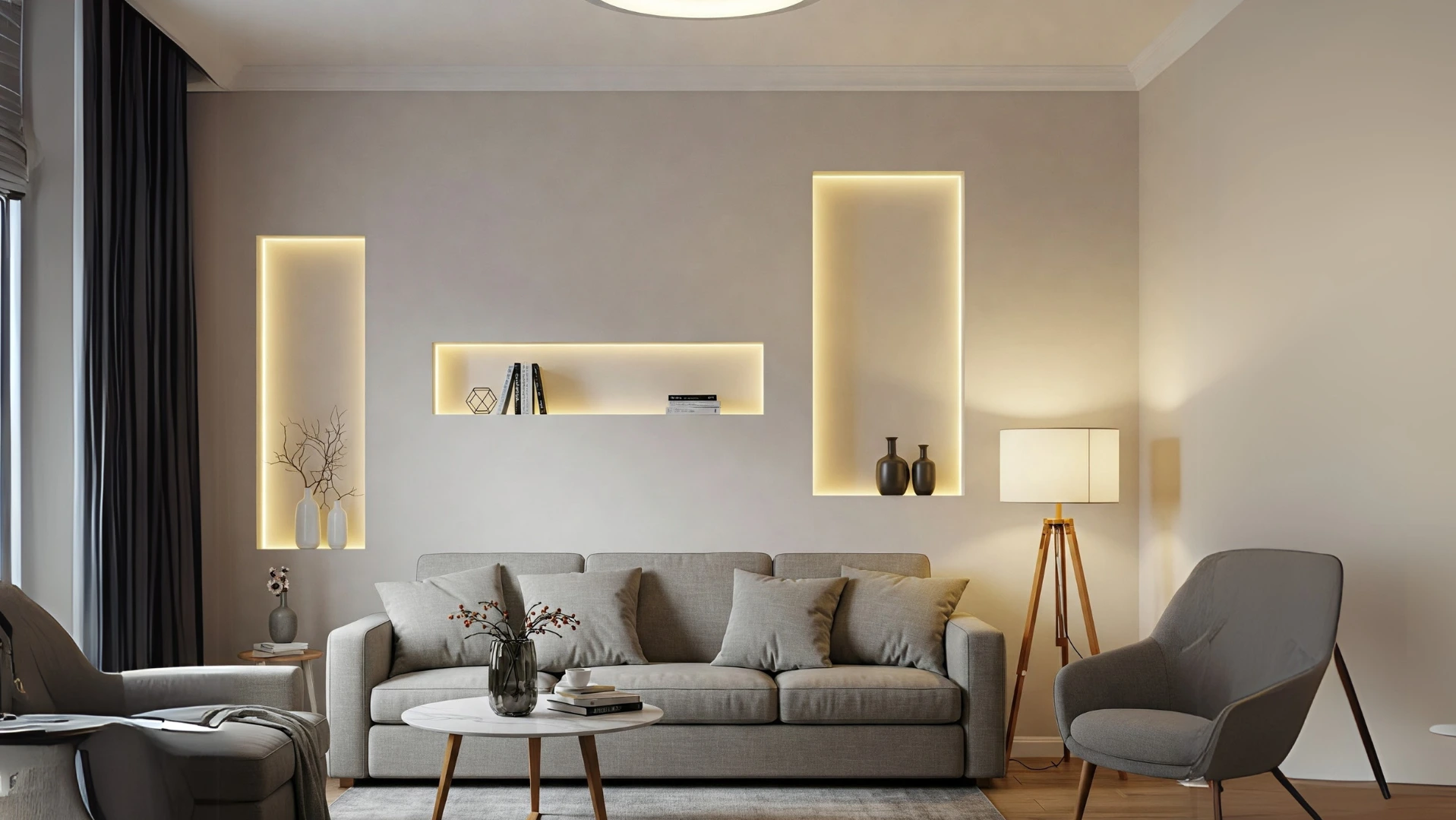Even the best-designed spaces can fall victim to common design mistakes. Here are the top ones to watch out for and how to fix them: Large furniture in small spaces or tiny decor in a vast room can feel awkward. Always balance scale and proportion. Relying on a single overhead…
Texture is often overlooked in interior design, but it plays a crucial role in creating a cozy, layered, and inviting atmosphere. Here’s how to use texture effectively: Combine materials like wood, metal, velvet, and linen to create a rich, tactile experience. Consider textured wallpaper, exposed brick, or wood paneling to…
Lighting is one of the most impactful design elements. Here’s how to use it effectively: Combine ambient, task, and accent lighting for a balanced look. Warm lighting (2700K-3000K) creates a cozy feel, while cool lighting (4000K-5000K) is great for workspaces. A bold chandelier can become the centerpiece of a dining…
Want a luxurious feel without spending a fortune? Here’s how you can achieve high-end aesthetics on a budget: Swap out basic fixtures with stylish pendant lights or chandeliers. Pair affordable furniture with premium accessories like designer lamps or statement rugs. A single high-quality couch or a striking artwork can instantly…
Selecting the right color palette can make or break your interior design. Here’s how to do it right: Blue: Calming and ideal for bedrooms. Yellow: Energetic and great for kitchens. Green: Refreshing and suits living spaces well. Choose a neutral base like white, beige, or gray, and build your scheme…
Living in a small space doesn’t mean sacrificing style or functionality. Here are some clever design strategies to maximize space: Invest in pieces that serve dual purposes, such as storage ottomans, foldable dining tables, and sofa beds. Lighter shades make rooms feel larger and airier. White, beige, and pastels work…






